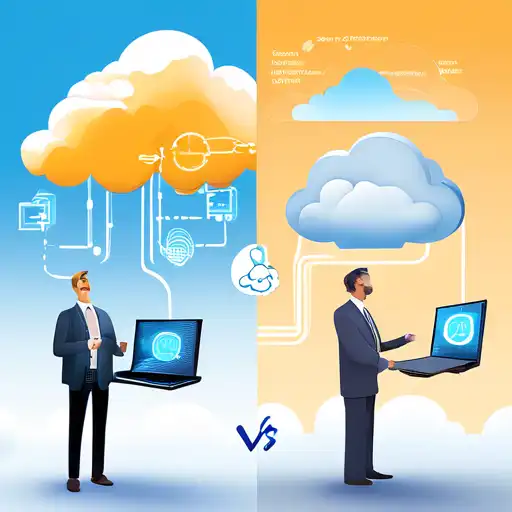Introduction to Edge and Cloud Computing
In the rapidly evolving world of technology, understanding the differences between edge computing and cloud computing is crucial for businesses and individuals alike. Both technologies play pivotal roles in data processing and storage, but they cater to different needs and scenarios.
What is Edge Computing?
Edge computing refers to the processing of data near the source of data generation, rather than relying on a centralized data-processing warehouse. This approach minimizes latency, reduces bandwidth use, and enhances privacy and security.
What is Cloud Computing?
Cloud computing, on the other hand, involves the delivery of computing services—including servers, storage, databases, networking, software—over the internet ('the cloud') to offer faster innovation, flexible resources, and economies of scale.
Key Differences Between Edge and Cloud Computing
While both edge and cloud computing are integral to modern IT infrastructures, they differ significantly in several aspects.
Data Processing Location
The most notable difference is the location where data processing occurs. Edge computing processes data locally, close to the data source, whereas cloud computing processes data in centralized data centers.
Latency
Edge computing significantly reduces latency by processing data near its source, making it ideal for real-time applications. Cloud computing, due to its centralized nature, may introduce delays due to the distance data must travel.
Bandwidth Usage
By processing data locally, edge computing reduces the need to send vast amounts of data over the network, thereby saving bandwidth. Cloud computing, in contrast, requires data to be sent to and from the cloud, consuming more bandwidth.
Security and Privacy
Edge computing offers enhanced security and privacy by keeping sensitive data local. Cloud computing, while secure, involves transmitting data over the internet, which can pose risks.
Choosing Between Edge and Cloud Computing
The choice between edge and cloud computing depends on specific needs, including latency requirements, bandwidth constraints, and data sensitivity. Many organizations adopt a hybrid approach, leveraging the strengths of both technologies.
When to Use Edge Computing
Edge computing is best suited for applications requiring real-time processing, such as autonomous vehicles, industrial IoT, and smart cities.
When to Use Cloud Computing
Cloud computing is ideal for applications that require vast storage and computing power, such as big data analytics, web hosting, and enterprise software.
Conclusion
Edge computing and cloud computing are not mutually exclusive but complementary technologies. Understanding their key differences enables businesses to make informed decisions that align with their operational needs and strategic goals. As technology continues to advance, the integration of edge and cloud computing will play a critical role in shaping the future of digital transformation.
